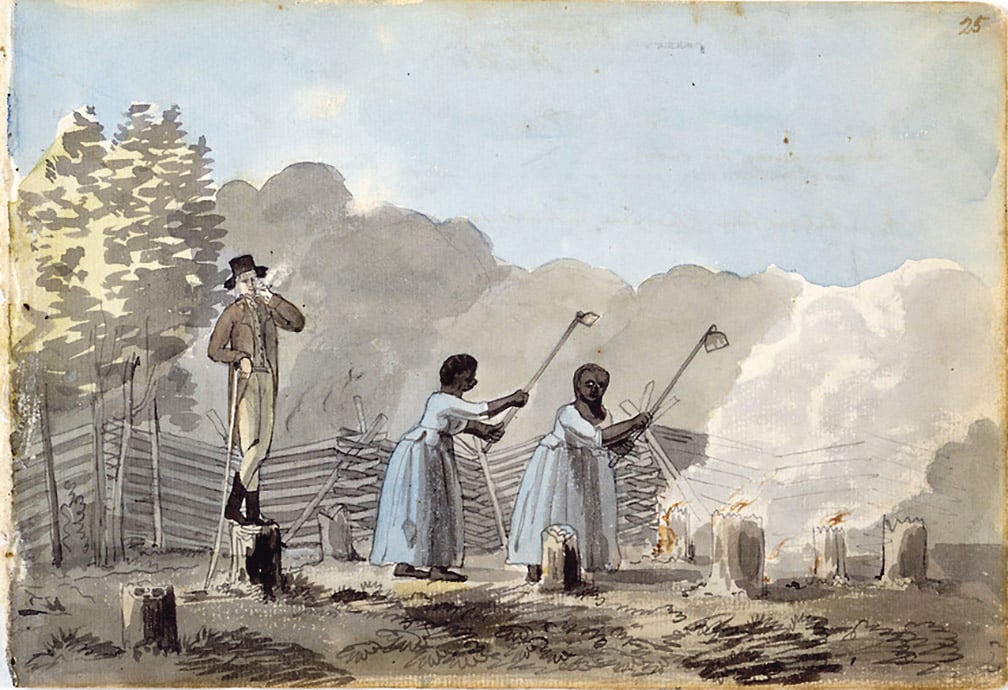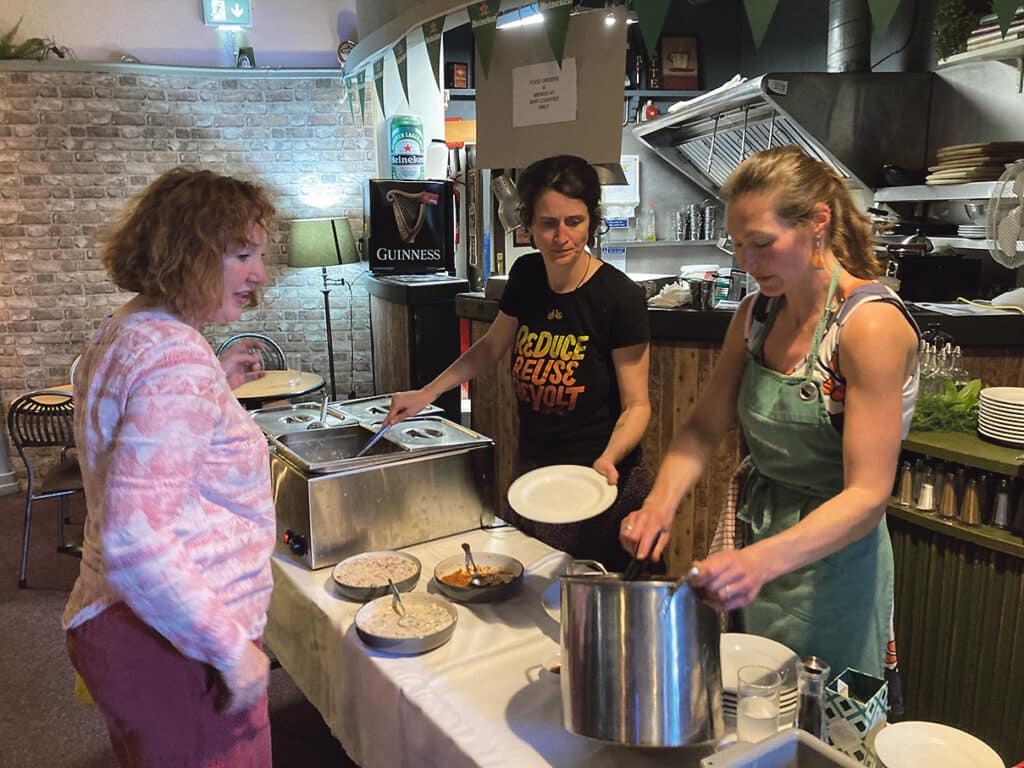Following on from last month’s issue, Kieran Doyle reflects further on a road trip in the USA.

In the previous issue, I explored my perception of American patriotism, which was very much aligned to their military past and indeed present. Their role as kingmakers in the foreign policy of other countries has lasted eighty years, since Truman and Stalin agreed to the partition of Europe in Potsdam, Germany. The homage to all thing’s military, dominated the memorials of the intriguing Washington DC.
But as our trip turned to the deep south, a very different historical narrative emerges. One that is dominated by the great Mississippi river. A river that made and nearly broke America. Made it, in so far that this navigable river opened up the continent, where trade, particularly cotton, sugar and tobacco, were grown in vast quantities in huge plantations, that attached themselves to the river artery of the deep south. But its trade in human beings – to work those very plantations – culminated in a devastating civil war, destroying the southern economy and leaving 800,000 soldiers and civilians dead, north and south. It also left four million slaves freed (many not immediately), without land, support, realistic job prospects and many more in serfdom in a system that needed them to continue to work on plantations to keep the southern economy alive. The chains may have come off in 1865 – but little else changed for the vast majority of black men and women.
New Orleans, so associated with music and festivals, was once the location of a major slave trading market. It lies at the mouth of the magnificent river, and you can trace all the great cities of Louisiana and Mississippi along its snake-like path, as it crawls through the deep south. As you approach the area, you’ll hear it before you see it. Ragtime jazz rolls down the narrow streets, blues beats out from bars, soul soars from shady stalls. Yet the sounds of times past were the cries and whimpers of black men, women and children, separated at the whim and needs of plantation owners. Where people gather now for joy and leisure, once was a place of economic vibrancy – the buying and selling of African slaves. There is an irony that the blues and soul music that people travel wide and far to hear, has its ghosts in those very streets. The roots to that genre of music originated from the sad slave songs that echoed in the fields from dawn to dusk.
One doesn’t have to travel far to see the footprint of this period of American history, and as sad as it is, it is a must for any traveller to this region. Before long, one will pass magnificent mansions that were the centre of the plantation world. Not unlike the Big House in Ireland that litters our landscape, these relics of the past give a glimpse of the world that depended on slaves along the Mississippi river that they border. Our first stop was the Oak Alley Plantation. Despite what it represents, you can’t help but be wooed by the beaming white magnificent plantation house, whose entrance is lined by the most sumptuous trees. It seemed a world apart from the suffering of slaves, until you walk around the back. What will shock most visitors, is the proximity of the slave houses. This was also a feature of the next place we visited at the Whitney Plantation. They are within view of the house, which perplexed me. One wonders how the masters could revel in their comfort and luxury, when at a mere glance, one could see the tiny shacks, most likely smell their fires and hear their cries. For me it was disturbing to think the masters must have thought nothing at gazing out at them, as a modern farmer might look at a field of cows from his kitchen window. Those very houses were, surprisingly, built by the slaves. We tend to think of them as just physical hands, but the slaves naturally had many skills that were put to the master’s use, including best practice for sugar plantations – ironic in that their methods meant white owners could now grow vast amounts of sugar plants that needed vast amounts of labour. The Oak Valley’s historical focus was more on Big House life and its owners, whereas Whitney’s focus was more on the slave’s lives. There was a memorial to slave children, and it had many quotes inscribed on it. After digging a bit deeper into it later, I found that in 1930s ‘Great Depression’ America, there was a scheme for unemployed writers and journalists to interview people who had been slaves. This project, long forgot until recent decades, was a rich depository of oral slave culture. Many of their tales are in print now, such as books ‘I was born a slave’, where you can read about human beings tied like dogs to trees, only to be released to work. There are heartbreaking stories of families separated for business reasons, the whippings, the starvation, and occasionally some kindness for a benevolent owner. A drive around Louisiana soon makes it clear why running away, however bad their treatment endured, was futile. Alongside modern concrete roads are hundreds of miles of swamp, almost impossible to navigate and even today full of alligators, and other wild animals. It certainly brought their captivity into perspective. The end of the civil war was a false dawn for black people. Realising that the southern economy depended on mass labour, slaves were often forced into contracts to continue to work on plantations. Owners made agreements, not to sell land to black people, so they could not become independent, and many towns, cities and states introduced the ‘Black Codes’ that could force former slaves to work. It didn’t help that President Andrew Johnson, who oversaw the first years of Reconstruction after the civil war, was a former slave owning racist, who cared little for the faith of the slaves and more about the southern economy. It also was the beginning of the KKK, who made lives miserable for those who tired to find a foothold in the ‘land of the free’. It certainly is a topic that deserves more attention and I would like to come back to it.
And so we headed into Mississippi and Alabama. Firstly, along the coast, and unsurprisingly all the well-to-do areas, such as Fairhope and Gulf Shores, are predominantly white. In contrast, inner city New Orleans, which is run down and has an edge, remains the preserve of black folk – perhaps another example of the lack of upward mobility and latent racism, that is prevalent for the majority of Afro Americans. Vicksburg was our final destination. It was the final piece of the jigsaw. It is of course one of the most significant battles of the American Civil War and one that precipitated the eventual collapse of the Confederate army. Understanding the importance of the Mississippi had been central to our trip. During the war, it was an essential river to transport troops and supplies. However, Vicksburg needed to be taken by Federal troops so they could travel deeper and more successfully into the south. Here, you will find a memorial park (opened in 1899) sixteen miles long, that you can drive or cycle through. Not only does it have memorials to the many regiments and individuals that fought and died there, you will also find trenches and the actual battlefield sites, even with a surviving building that used as a field hospital. At its precipice is an earthen fort that dominates the skyline. Below it is the curving bend of the river; an impassible place, it was fortified by Confederate guns. Take Vicksburg and you can take the south. As always, wars advance technology and for the first time metal protection was attached to traditional wooden ships, which would become defunct after the war. The impressive remains of the USS Cairo are exhibited on a museum on site, where you can see the original metal armour on a well-preserved ship that lay under sand and silt in the riverbed til it was rediscovered in 1956. Parallel to that is Vicksburg’s National cemetery that has 17,000 Federal troop graves, but not Confederate soldiers who were buried elsewhere at Cedar Hill Cemetery. Despite the modern technology, the SS Cairo was sunk by river mines and ironically it took a siege of medieval proportions to win this battle. On May 13,1863, after forty-six days, Vicksburg surrendered. Though it would be another two years before the war ended.
Travelling in the States is always fascinating, always frustrating. A place that promised so much, when it stood alone for democracy in 1776, in an era of kings, queens and empires, it has failed to deliver on so many of its ideals. It was a refuge for so many Irish immigrants and a hell for so many Africans. It offered great riches and opportunity, but to the cost of the native Americas. It has been the centre of science and technology – but sadly military advancement too. Its is more polarised now than ever – rich, poor, black, white, Democrat, Republican and yet it remains an integral part of our global history because of its impact on the world.



